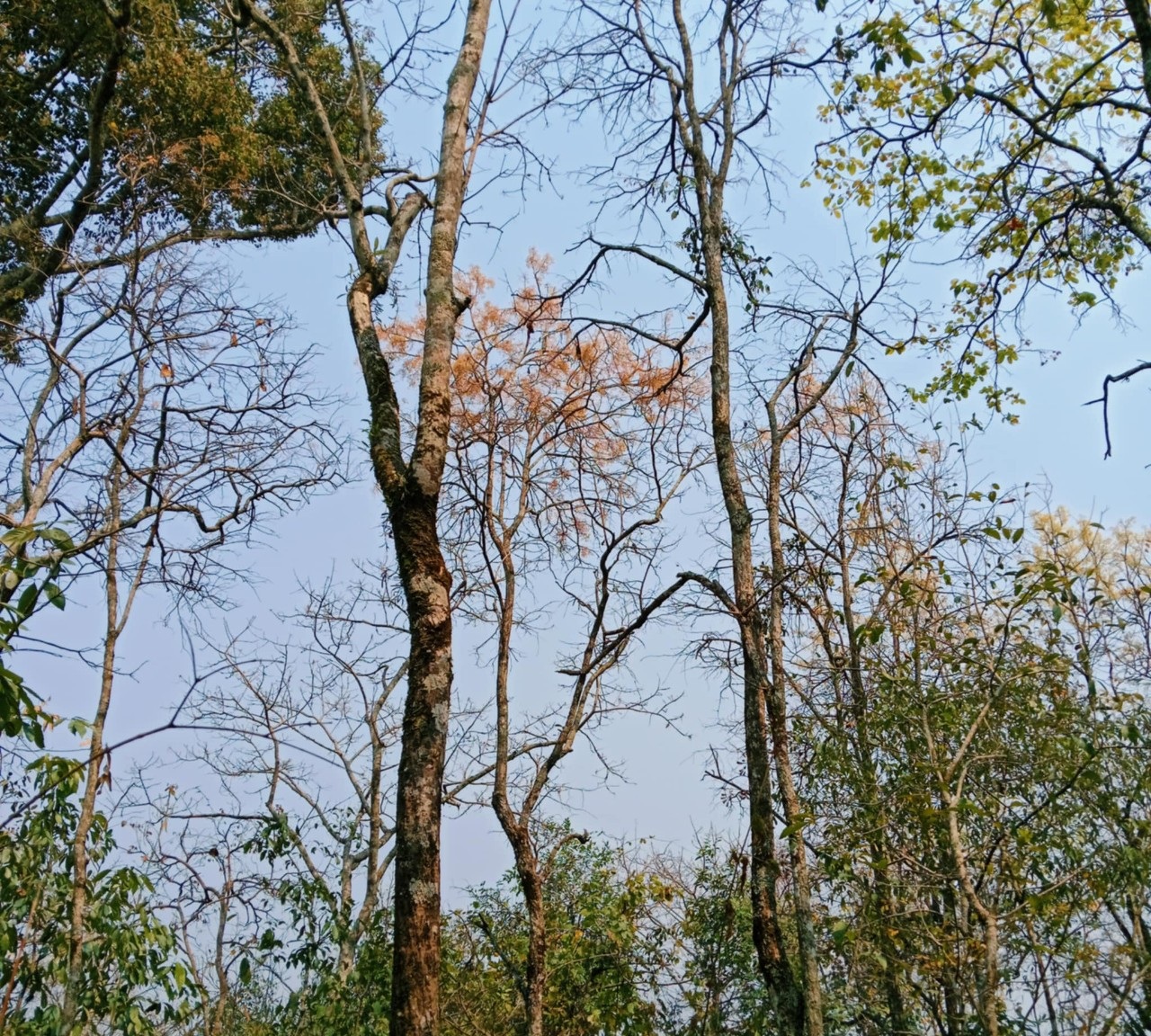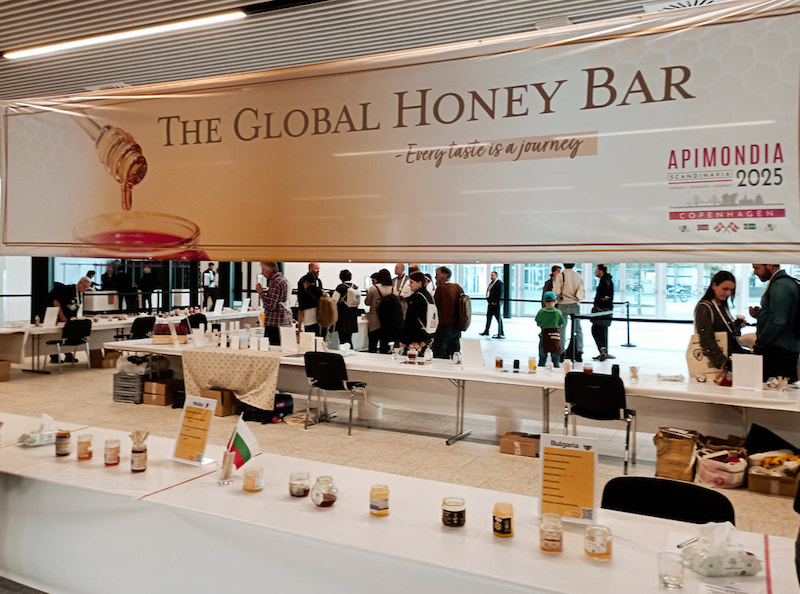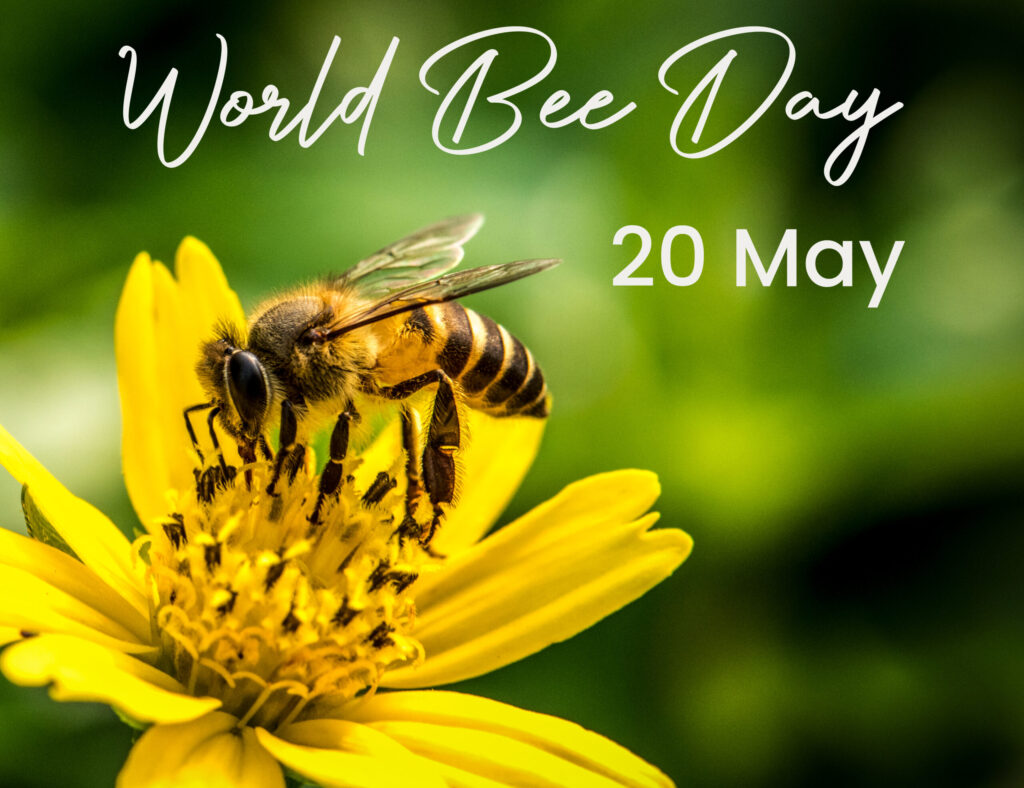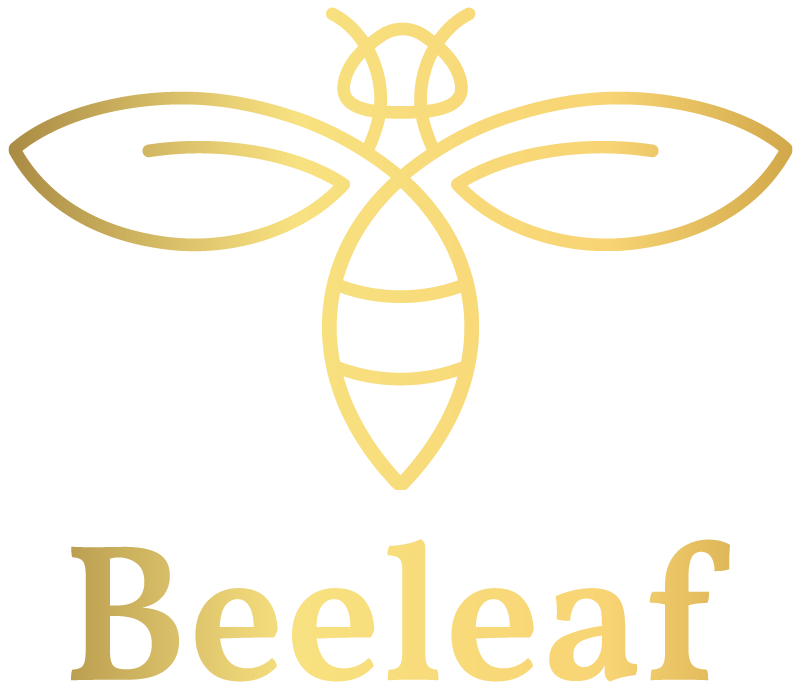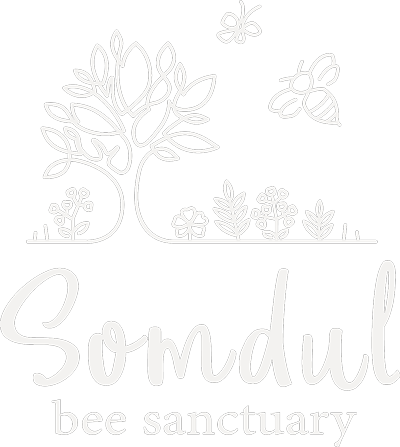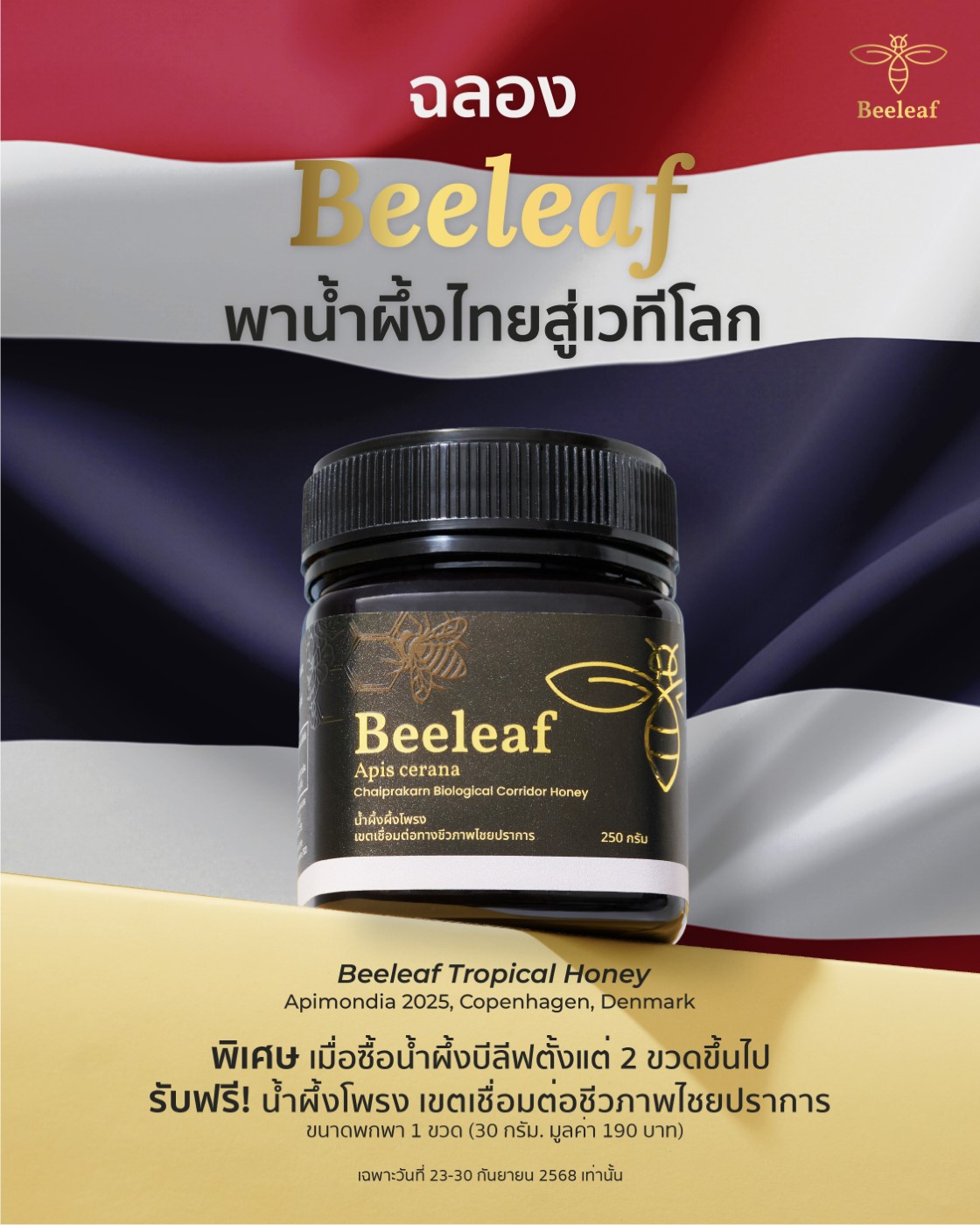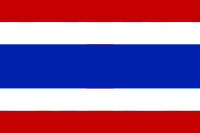BL005 – Apis dorsata Mlabri’s Selection Honey
Origin: Buffer zones of ancient forest ecosystems, Nan Province
Bee Species: Apis dorsata (Giant Honey Bee)
Forest Types: Dry Evergreen Forest, Evergreen Forest, Mixed Deciduous Forest, Dry Dipterocarp Forest, and Bamboo Forest
About the Ecosystem:
This honey is harvested from buffer forest areas in one of northern Thailand’s most pristine and ecologically diverse regions—Nan Province. The forests here are a mosaic of various tropical ecosystems, including:
Evergreen Forests – with trees that retain their leaves year-round.
Dry Evergreen Forests – containing a mix of evergreen and deciduous species.
Mixed Deciduous Forests – featuring trees like teak, rosewood, and redwood.
Dry Dipterocarp Forests – found on lateritic soils in drier zones.
Bamboo Groves – scattered throughout the forest layers.
The terrain ranges from highland slopes to elevated plateaus, where forest composition changes with altitude, rainfall, and microclimate. These ecosystems serve as critical watersheds, influencing biodiversity and local livelihoods.
The Role of Apis dorsata:
With a foraging range of 10–20 kilometers, Apis dorsata is the only species capable of collecting nectar across such expansive and diverse forest types. This gives rise to honey with the deepest expression of ancient forest complexity. The bees forage from a wide variety of both short-cycle flowering herbs and long-living forest trees, across seasons and elevations.
About the Honey:
Mlabri’s Selection is named in honor of the Mlabri ethnic group, traditional forest dwellers and guardians of highland ecosystems. This honey offers a rich, wild floral aroma and is brimming with diverse bioactive compounds, thanks to the forest's vast botanical spectrum.
It is a rare reflection of a living, breathing forest—complex, therapeutic, and deeply rooted in Thailand’s highland biodiversity.

